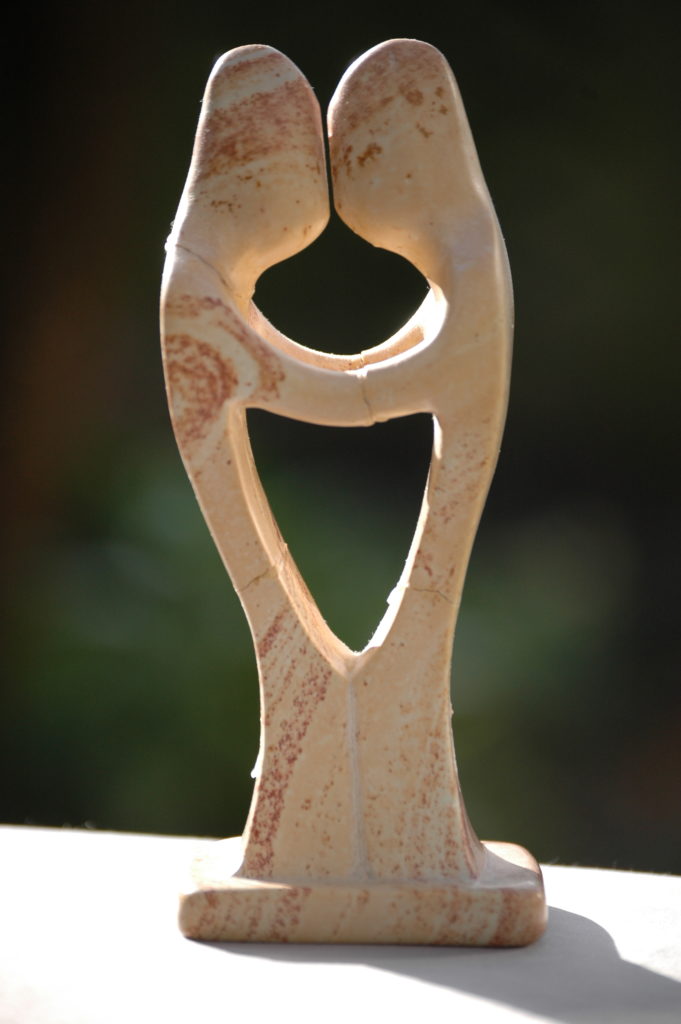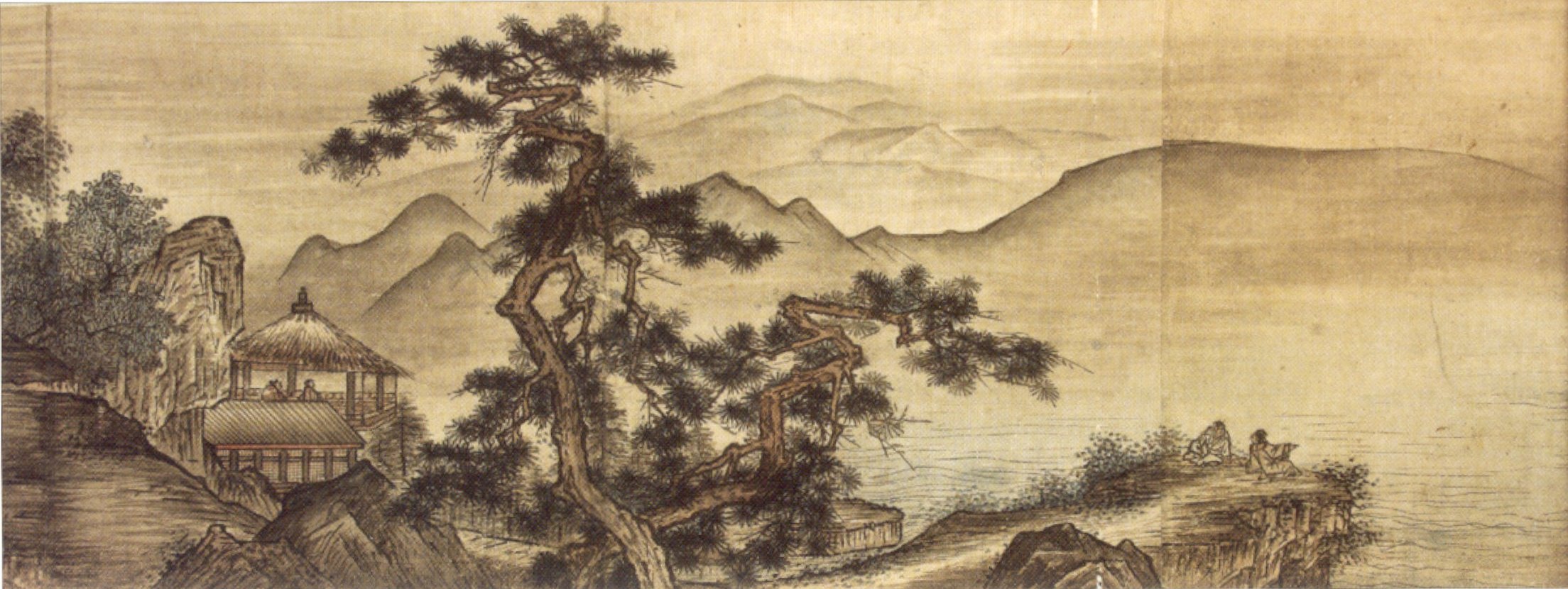The way you can go isn’t the real way. The name you can say isn’t the real name.Lao Tzu: Tao Te Ching, translated by Ursula K. Le Guin.
“The name you can say isn’t the real name”: Old Chinese wisdom from the booklet Tao Te Ching that I discovered recently. It begins with this wonderful expression of the paradoxical nature of things I enjoy pondering1. The saying reminds me that there are things in life that really exist, but can never be fully grasped or expressed. And yet we need the expressions to experience them.
The obvious example: Love

Recently, something happened that made me think about this some more. That day, a lovely statue that Jelmer and I had received as marriage present, fell and broke. Several thoughts crossed my mind. The idea pressed on me that this was a sign, indicating the state of our marriage. I pushed that thought away, given that there were no other reasons to doubt our bond. Thus, I felt that I was being too superstitious, and should not put so much meaning into a piece of stone. Not wanting to be silly, I even considered throwing it away and buy a new one. This, however, proved utterly impossible. It would have broken something in me, might have really created a crack in our marriage. So I went in search for special glue, and fixed the statue.
Afterwards, I wondered why this was so important. Why did I feel that this statue was so loaded that I could not throw it away, but had to fix it? Loaded with what? What had gone into that statue, and how?
My thoughts revolve around the idea that the meaning of the statue is more than my own projection. It does not live only in me, but points to the love in our marriage, which is real. It is an expression of that real love. A word in a symbolic language. A name we can say. Not the real thing, but nevertheless important. A reminder that the real thing exists. Moreover, it has become quite irreplaceable, even though it was somewhat arbitrarily chosen to begin with. The fact that I wish to stick with this statue is in itself a symbol of the importance of being faithful, of allowing love to remain steadfast, and grow over time.
Expressing faith
These ideas about symbols pointing to realities, and how they are somewhat fixed, help me with some questions I had on religion. As I described in ‘Faith in the morning’, I had been worrying that meaning is something we create ourselves, a projection from our own minds. This thought, and some events that seemed to affirm this, broke my faith so that I lost it. I felt a terrible emptiness. But then it occurred to me that I would not feel the loss of something that didn’t exist! Sure, one can lose faith in an illusion. But that only shows we mistakenly trusted something untrustworthy. It doesn’t follow that ‘trust’ itself is non-existent. Even so with faith. Faith exists, even if it can be misplaced. And because it exists, it must be expressed.
Moreover, similar to the example of the irreplaceable statue, I cannot just choose for myself which religious expressions I like best. Even if my religion was rather arbitrarily chosen to begin with (I just happened to be born in a Christian family, and grew up in a Church with lots of liturgy) I can not easily throw it away and choose something else2. Simone Weil also expressed that beautifully in her essay on ‘The love of religious practices’3, where she said that changing religion is like changing language, it can hardly be done, it will never feel natural. In that same essay she wrote:
Religious things are special tangible things, existing here below and yet perfectly pure. This is not on account of their own particular character. The church may be ugly, the singing out of tune, the priest corrupt and the faithful inattentive. In a sense that is of no importance. It is as with a geometrician who draws a figure to illustrate a proof. If the lines are not straight and the circles are not round it is of no importance. Religious things are pure by right, theoretically, hypothetically, by convention. Therefore their purity is unconditioned. No stain can sully it. That is why it is perfect. It is not, however, perfect in the same way as Roland’s mare, which, while it had all possible virtues, had also the drawback of not existing.
Waiting for God, Simone Weil p.69
It is a relief to think that religion is like a ‘language’, so that I can stick with my own familiar words4 without worrying about their imperfections. They aren’t the real thing, but help in expressing and experiencing what is.
Jesus, the name and the way
The old chinese sentences speak about a way and a name. I cannot read these without thinking of Jesus, who said: “I am the way”, and “whoever sees me, sees the Father”. Pondering these things has enhanced my awe for the mystery of Jesus. He brings together the irreconcilable in his own person. He is the Word become flesh5. The name we can say and the real name.
Footnotes
- See also my text Lovely Paradoxes
- For example to Zen, or Taoism, which seems so calm and easy going, non-judgemental, peaceful, quite a relief really. But in any case I’d sorely miss Jesus!
- Found in ‘Waiting for God’ by Simone Weil. It contains a couple of letters and essays.
- Though I will probably change the intonation a bit.
- John 1:14
